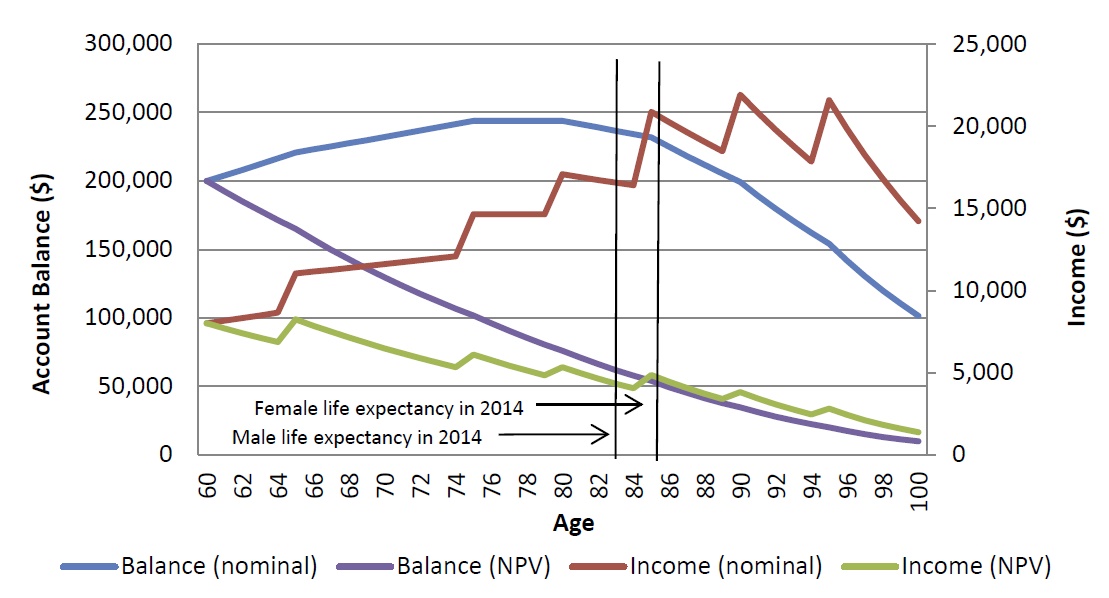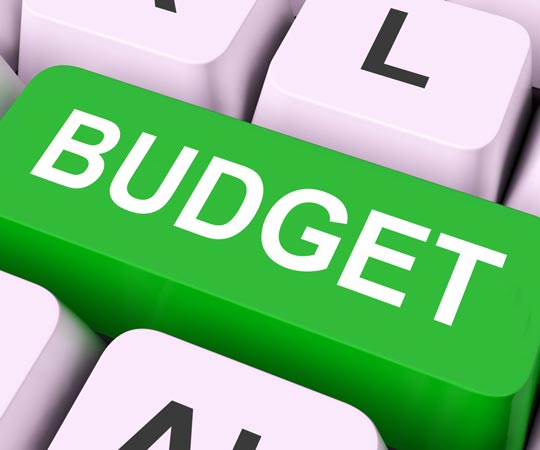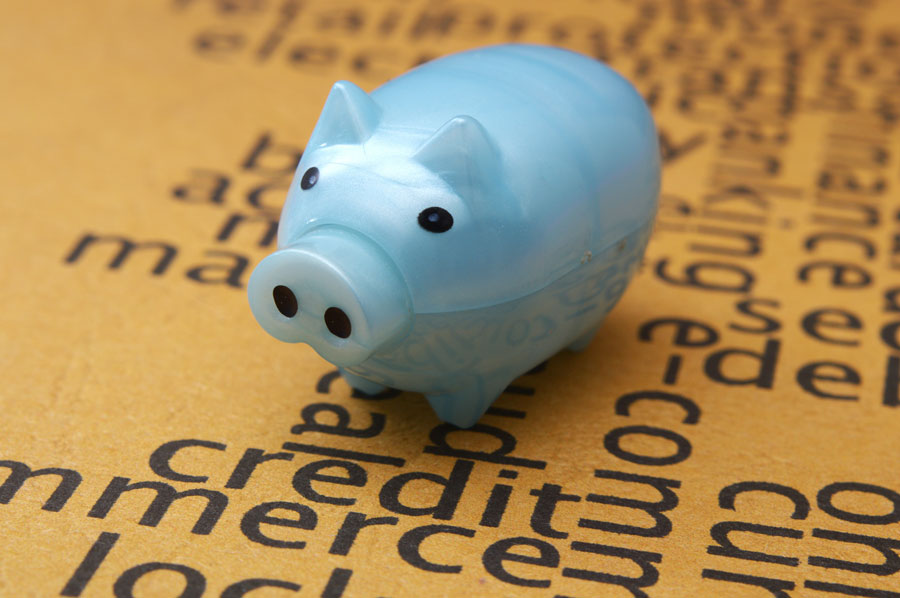The Treasury has also released draft legislation to enable more entities to be able to use the term “bank”. The Government announced in the 2017-18 Budget that it will act to reduce regulatory barriers to entry for new and innovative entrants to the banking system, by lifting the prohibition on the use of the word ‘bank’ by authorised deposit-taking institutions (ADIs) with less than $50 million in capital.
In practice this means a wider range of entities can now claim to be a bank, provided they are an ADI. Given the term is widely recognised in the community, it may help to level the playing field a little (though it is probably less important than differential capital rules and other barriers, such as implicit Government guarantees!)
Currently APRA only permit ADIs with Tier 1 capital exceeding $50 million to use the terms ‘bank’, ‘banker’ and ‘banking’. However, there are a number of smaller ADIs which are prudentially regulated by APRA who would benefit from the use of these terms. The proposed amendment will allow all ADIs to use the terms will create a more level playing field in the banking sector.
The current restriction on the use of the words ‘bank’, ‘banker’ and ‘banking’ under section 66 of the Banking Act will be removed to the effect that where an entity is an ADI, that entity will be able to use those terms in its business. This will allow a range of ADIs to use the term ‘bank’.
APRA will retain its ability to restrict the use of the term ‘bank’ in certain circumstances; for example, where a purchase payment facility is an ADI but does not conduct traditional ‘banking’ business.
It is important that APRA retains the ability to determine that some ADIs may not use the restricted terms. Therefore, APRA will continue to be able to restrict the use of the terms ‘bank’, ‘banker’ and ‘banking’ through providing an affected ADI with a written determination restricting that ADI from use of the terms. [Item 5, subsection 66AA(3) of the Banking Act]
Determinations made by APRA to restrict the use of these terms may apply to a single ADI or to a class or classes of ADI. It is expected that APRA would use the power to prohibit certain ADIs which do not have the ordinary characteristics of banks from utilising the term ‘bank’ (for example, purchase payment facilities). This power may also be used to deny the use of the term where serious or unusual circumstances warrant APRA making this determination.
APRA may still receive applications from non-ADI financial businesses for permission to use the term ‘bank’, or from ADIs who wish to apply for the use of other restricted terms, such as ‘credit union’ (non-mutual ADIs are separately prohibited from inaccurately describing themselves as ‘credit unions’ or like terms). The latter approval is not automatically granted in the same way as ‘bank’ given that these terms convey the concept of mutuality, which is not relevant to all ADIs.
However, given APRA will no longer receive applications from many ADIs, it is no longer desirable that the remainder of the decisions to be made under section 66 be reviewable. This more appropriately reflects the Government’s intent to limit the use of the term ‘bank’ by financial businesses other than ADIs to very rare and unusual circumstances. This approach is consistent with Recommendation 35 of the Financial System
Inquiry to clearly differentiate the investment products financial companies and similar entities offer retail consumers from ADI deposits.
The Customer Owned Banking Association welcomed the move:
COBA congratulates the Government on moving quickly to allow all credit unions and building societies to use the term ‘bank’.
Credit unions and building societies are Authorised Deposit-taking Institutions (ADIs), like banks, and are subject to the same prudential regulatory framework as banks and the Government’s deposit guarantee under the Financial Claims Scheme.
“It makes sense that all ADIs should be able to choose to use the term ‘bank’ to explain what they do – which is banking,” said COBA CEO Mark Degotardi.
“The historic restriction on use of the term bank by ADIs with more than $50 million in capital is out of date and no longer relevant.
“We welcome the Government’s move to level the playing field.
“There are already 18 customer owned banks providing competition and choice in the retail banking market. These former credit unions and building societies are likely to be joined by many of the 60 other customer owned banking institutions currently trading as credit unions and building societies.
“Some credit unions and building societies may prefer not to rebrand but at least now they will have a choice.
“This draft legislation is the latest installment of the Government’s agenda to promote competition in banking. COBA congratulates the Government on its commitment to this agenda and its delivery of positive reform.
“We look forward to engaging with the Government on the draft legislation.”










